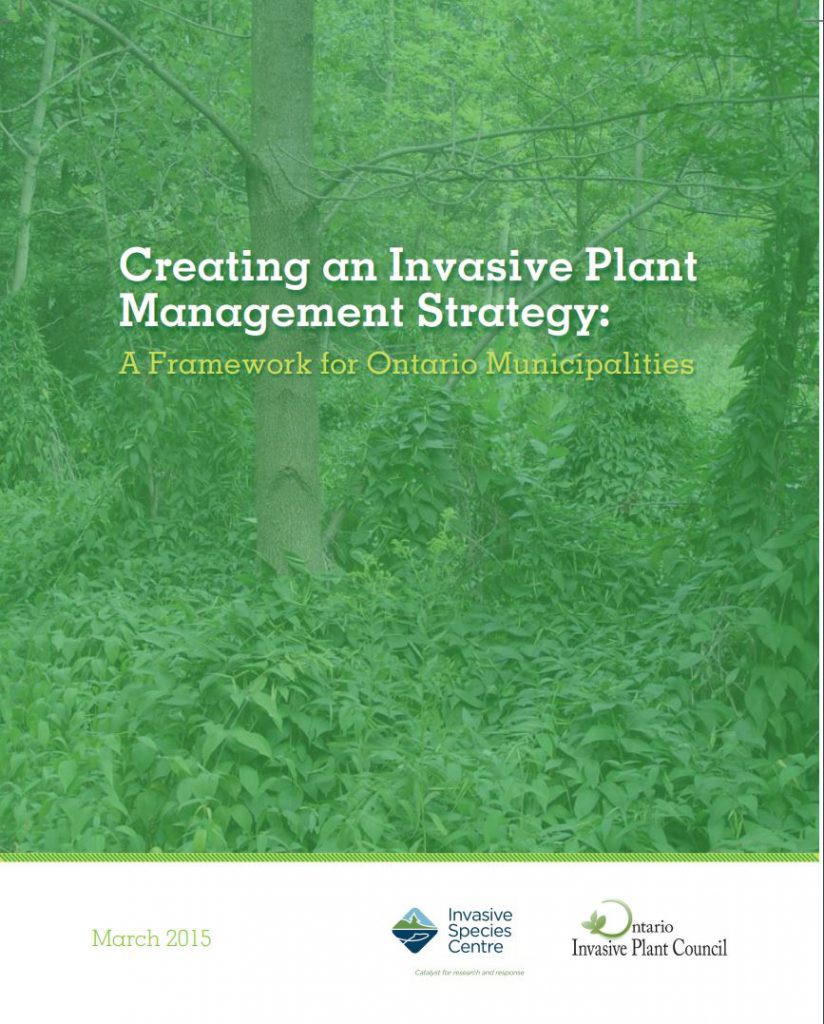Invasive plants are harmful non-native trees, shrubs, and herbaceous plants that are spread by global trade, human and animal transport, and gardening. They invade forests and prevent native plants from growing, which can have negative impacts on how ecosystems function, on native vegetation, and native wildlife.
Many invasive plants cannot be used by wildlife for food which puts grazing pressure on the few native plants that remain. Invasive plants also pose threats to agriculture due to their ability to spread quickly, out-compete crop and forest plants, and deteriorate soil quality. Once they have taken hold, the thick spread of invasive plants makes them costly and time-consuming to remove.
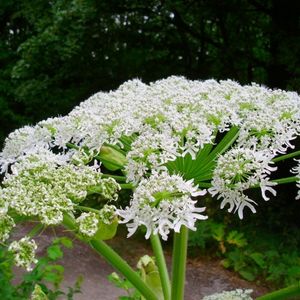
Giant Hogweed
Giant hogweed spreads easily and can establish along roadsides, ditches, and streams. The plant can be 2 to 5.5 metres tall with broad leaves that are deeply lobed and serrated.
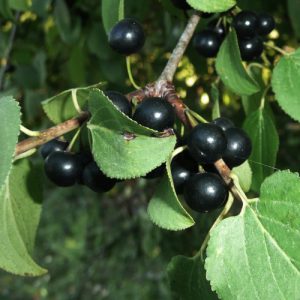
Buckthorn
Buckthorn is shade- and drought-tolerant and grows in a wide range of habitats. Buckthorn is a woody plant that ranges in size from a shrub to a small tree, reaching heights of six to seven metres.
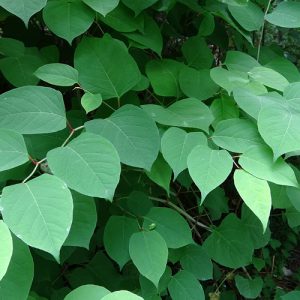
Japanese Knotweed
Japanese knotweed grows in a wide range of habitats. It forms dense thickets of bamboo-like vegetation with hollow, smooth, purple/green-coloured stems up to 2.5 cm in diameter.
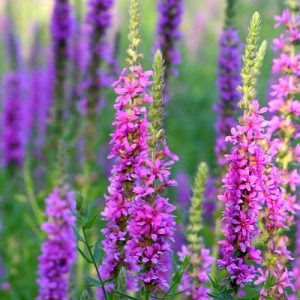
Purple Loosestrife
Loosestrife has the ability to produce as many as two million seeds in a growing season. The plant mass grows on average to be 60 to 120 cm tall.
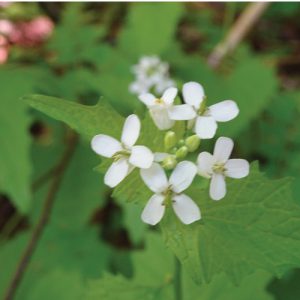
Garlic Mustard
Garlic mustard grows in a wide range of habitats and spreads quickly. This plant can enter, establish, and dominate an ecosystem very quickly by dispersing chemicals within the soil.
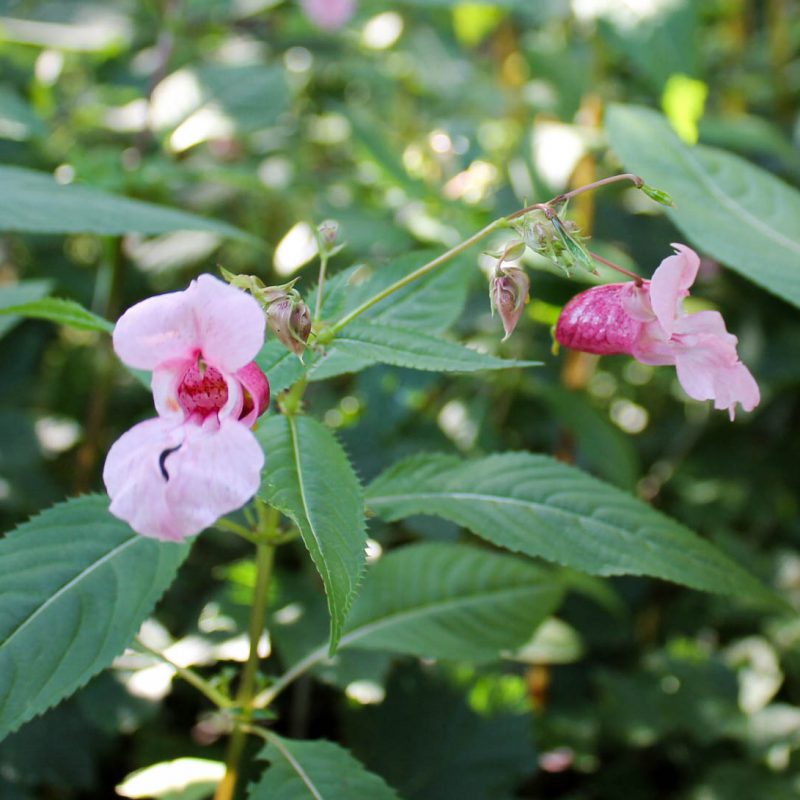
Himalayan Balsam
Initially introduced to North America as a garden ornamental, Himalayan balsam can grow over 3 metres tall and has “touch-me-not” seed pods that explode when touched – sending seeds flying in all directions!
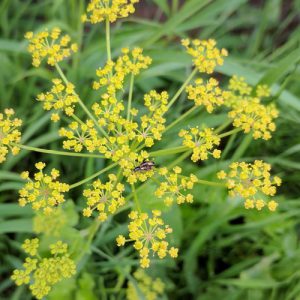
Wild Parsnip
Similar to giant hogweed, wild parsnip produces sap containing chemicals that can irritate human skin. Able to grow up to 1.5 metres tall with compound leaves arranged in pairs.
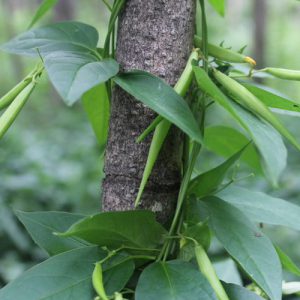
Dog-strangling Vine
This plant grows aggressively by wrapping itself around trees and other plants and can grow up to 2 metres high. Dog-strangling vine forms dense stands that overwhelm and crowd out native plants.
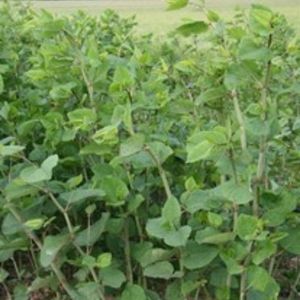
Bohemian Knotweed
Bohemian knotweed is a hybrid offspring of Japanese and Giant knotweed but is more aggressive (and therefore more invasive) than either species.
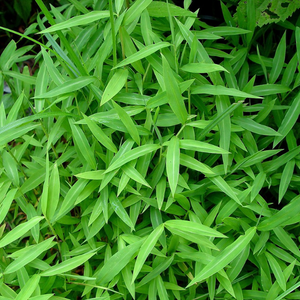
Japanese Stiltgrass
Japanese stiltgrass can grow to a meter tall and establishes in a wide variety of habitats, including gardens, but prefers low light conditions.
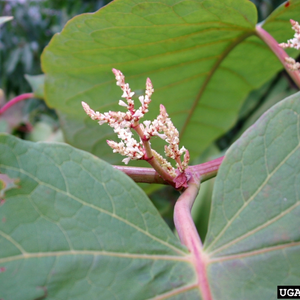
Giant Knotweed
Giant knotweed is the largest of all the knotweed species, with distinctly large, heart-shaped leaves reaching up to 40cm in length. That’s roughly the size of a standard bowling pin.
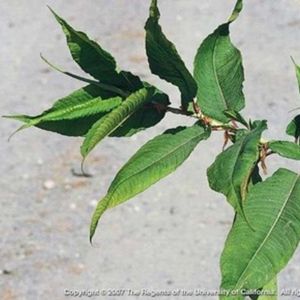
Himalayan Knotweed
Himalayan knotweed is a perennial, herbaceous plant, with a woody root and hollow bamboo-like stems. It is native to the Himalayan mountain range of south Asia.
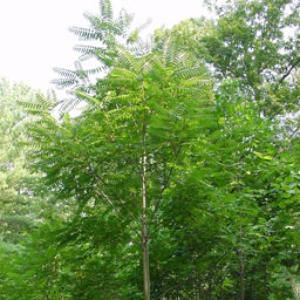
Tree of Heaven
Tree-of-heaven is a fast-growing tree that is native to China and Taiwan. Now established globally, and aggressively invasive, the tree-of-heaven was historically brought outside of its native range for ornamental purposes.
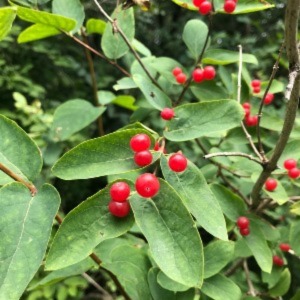
Honeysuckle
Out of the 16 honeysuckle species found in Ontario, 4 are considered invasive. The amur, bells, morrow, and Tatarian honeysuckles have invaded parts of Canada since their introduction in the 1800’s.
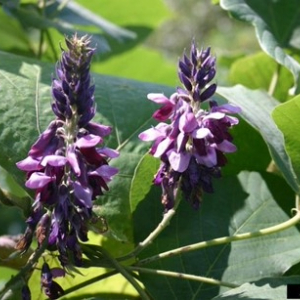
Kudzu
Kudzu grows rapidly and will cover almost anything in a thick blanket of leaves and vines that blocks out sunlight, smothers native plants and causes damage to buildings.
Invasive Plant Resources
* These documents were produced by the Ontario Invasive Plant Council for the Invasive Species Centre.
Further Reading
Ontario Invasive Plant Council
Invasive Species Council of BC – Invasive Plants
Alberta Invasive Species Centre – Invasive Plant Fact Sheets

